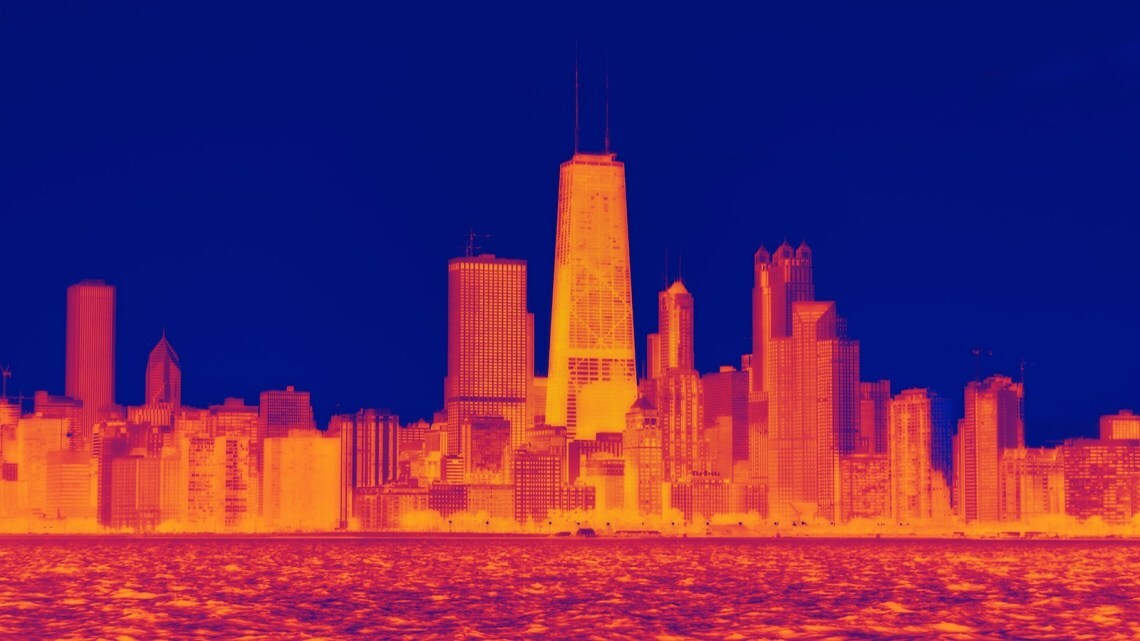As Earth’s climate warms, incidences of extreme heat and humidity are rising, with significant consequences for human health.
The occurence of dangerous temperatures in the 32 - 35C wet bulb range has tripled over the last 40 years. Humans cannot survive above a wet bulb temperature of 35C, and this level has now been briefly exceeded in several parts of the world.
From NASA:
"Extreme levels of heat stress have more than doubled over the past 40 years. That trend is expected to continue,..."
NASA: how climate change may make some places too hot to live

As Earth’s climate warms, heat waves are becoming more frequent and severe. The health dangers of extreme heat have scientists and medical experts increasingly concerned. And for good reason: heat stress is a leading cause of weather-related deaths in the United States each year. A recent example is the record-breaking heat wave that hit the U.S. Pacific Northwest last summer, killing hundreds.





